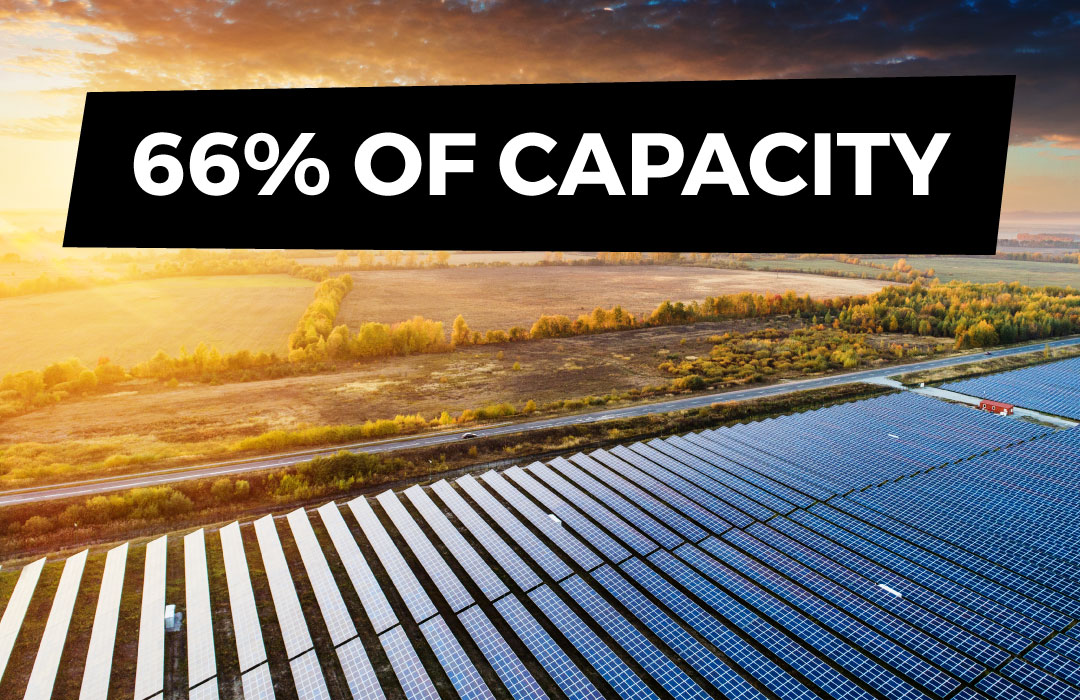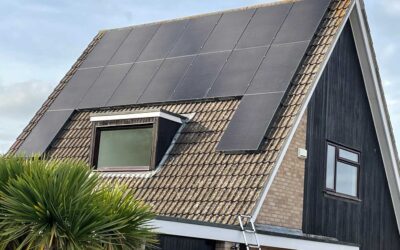Solar is now the fourth-largest source of power-generation capacity worldwide, having overtaken wind, according to BloombergNEF.
“PV is now truly ubiquitous,” said Luiza Demôro, a BNEF analyst and the lead author of the study, in a statement on the research.
The amount of worldwide generating capacity run on the sun now ranks behind just coal, gas and hydroelectric power. Combined, solar and wind accounted for more than two-thirds of new global capacity additions last year. BNEF’s research highlights the changes taking place across an electricity industry increasingly focused on wind and solar. But it also underscores the difficulty in converting a fossil-fueled system to one that is reliant on increasing quantities of renewables. Though countries are adding solar at a faster clip, the lower capacity factor of that resource means the total amount of electricity that solar generates is still a drop in the bucket, totaling just 2.7 percent of worldwide electricity. That’s up from less than 0.2 percent in 2010, but it’s still much lower than is needed to achieve the decarbonized economy necessary to combat global climate change. Though the coal industry has taken a hit in the U.S. — coal-fired electricity fell to a four-decade low in 2019, according to the U.S. Energy Information Administration — it’s still proliferating worldwide. Global coal capacity now tops 2 terawatts, and emerging markets added nearly 700 gigawatts in the last decade. Yet even as coal capacity is increasing, coal-fired electricity fell last year. Less runtime for existing plants means coal-fired plants spent less time online in 2019 than in the year prior. Coal utilization dropped 7 percent from 2010 to 2019. Last year, gas build-out also dropped to its lowest level of growth in 10 years. The great majority of renewables additions are concentrated in just a handful of countries. China, India, the U.S. and Japan dominate in solar additions, while China, the U.S., Germany and the U.K. do so for wind.
Despite the contradictory trends, the shift toward solar and wind is nothing short of a “clean energy revolution,” according to BloombergNEF analysts.
With overall global electricity use on the rise, renewables additions have thus far been unable to significantly and consistently offset expanding emissions. In 2019, electricity-related carbon dioxide emissions dropped 1.5 percent from the year prior, which BloombergNEF attributes mostly to lower levels of coal generation. Then 2020 arrived. BloombergNEF analysts expect the coronavirus pandemic to drive emissions lower than they were in 2019, due to contracting economies and unsustainable drops in electricity demand. When the world begins returning to some state of normalcy — whenever that may be — expect emissions to largely do the same in the absence of structural changes.






0 Comments